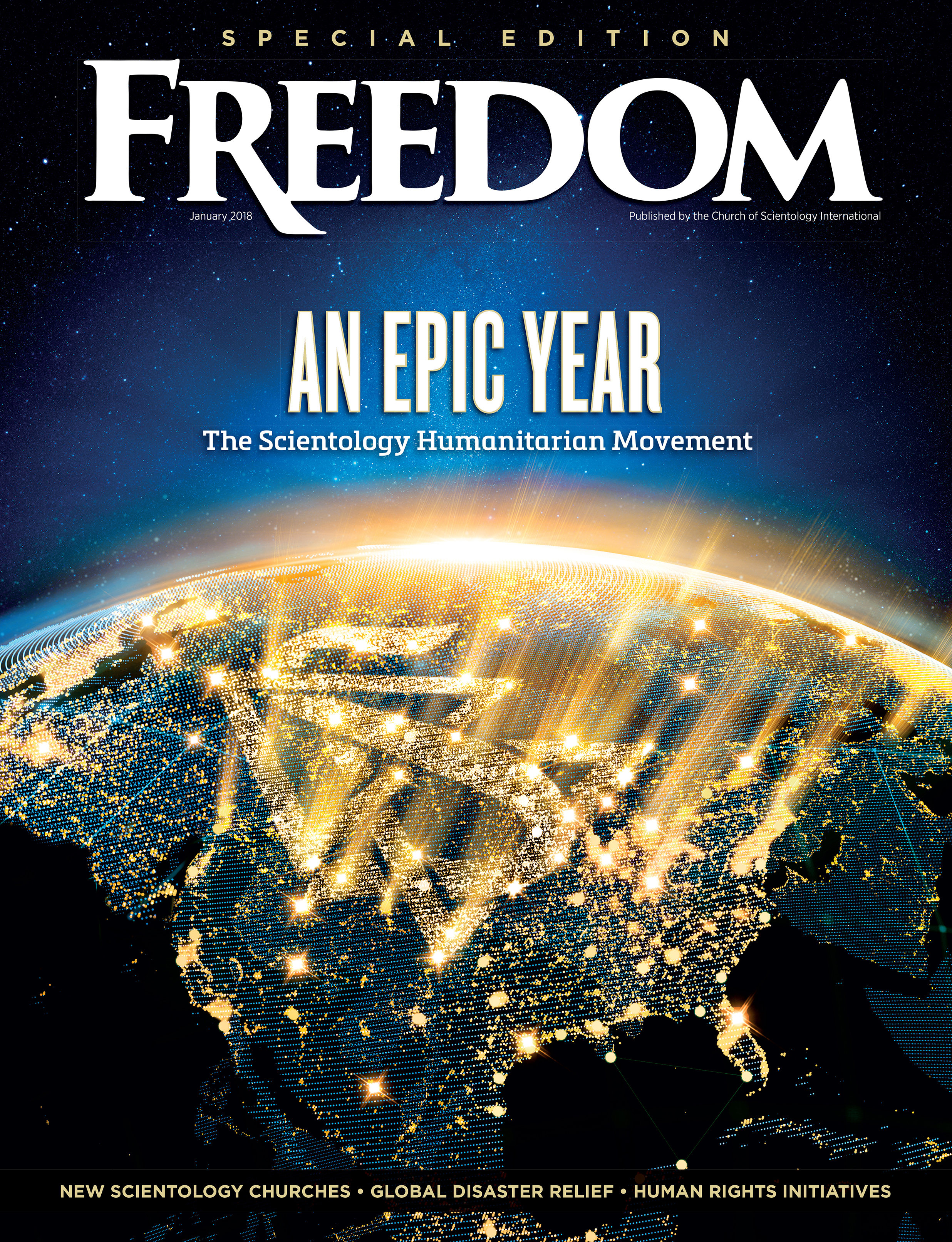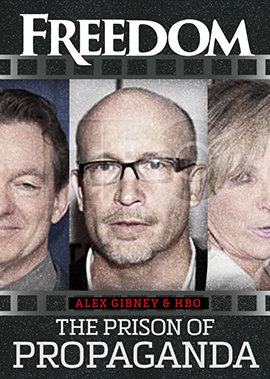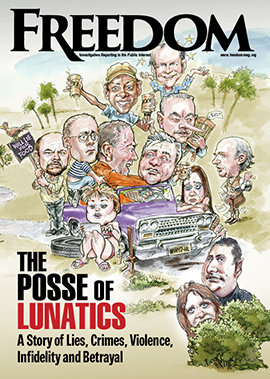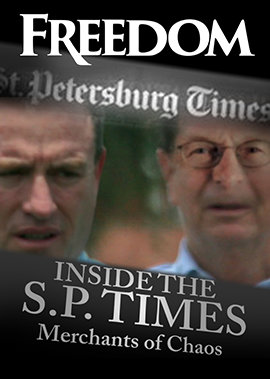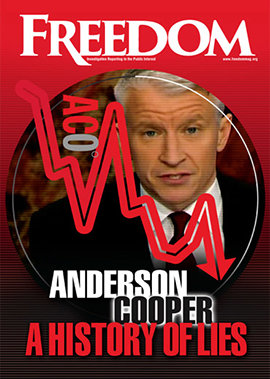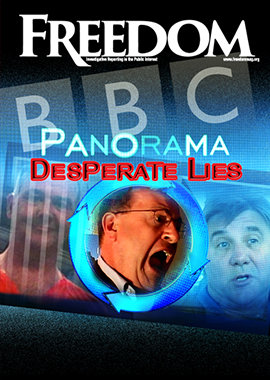Co-sponsored by six UN member states and hosted by United for Human Rights (UHR) and its youth arm, Youth for Human Rights International (YHRI)—global nonprofits sponsored by the Church of Scientology—the 19th International Human Rights Summit opened July 24 and convened under the theme “Education for Peace.”
Human rights aren’t the domain of diplomats or doctrines. They belong to those who choose to live them, teach them and defend them.
From stirring keynotes by UN ambassadors to impassioned youth presentations and five spirited cross-sector panel debates, the three-day Summit spanned two iconic venues—the UN Headquarters and the Church of Scientology just off Times Square. Across both venues, student representatives united with veteran human rights advocates from every conceivable corner of Earth to confront global crises and reaffirm the universal principles enshrined in the 1948 Universal Declaration of Human Rights.
Day one spotlighted youth voices and education; day two celebrated human rights heroes while exploring how governments, NGOs and creatives translate ideals into public action; and day three shifted tone—from formal to interactive—with workshops, cross-generational dialogue and a culminating peace walk through Times Square.

Infused with camaraderie, idealism and flashes of humor that kept the tone refreshingly human, the sessions nonetheless carried a mood of shared urgency: to move human rights from paper to practice. The Summit thus became more than a forum: It became a statement—a protest against abuses still normalized across the world, and a plea for human rights education as a bulwark against apathy.
At the outset, YHRI President Dr. Mary Shuttleworth, a lifelong educator born under apartheid in South Africa, reminded delegates that lasting change begins with the individual. “Every year,” she said, “the Summit proves that when youth, distinguished officials, professors and lawyers from around the world come together to exchange ideas, they build bridges, ignite movements and commit to action.”
That call to action was echoed—and sharpened—by UN diplomats who did more than offer platitudes; they sounded the alarm. Ambassador Walton Webson, Antigua & Barbuda’s Permanent Representative to the UN, traced human rights to “ancient wisdom and modern instruments,” while Ambassador Stan Oduma Smith of the Bahamas warned that today’s global imagination is distracted by and fixated on not ending wars but marveling at artificial intelligence. Peace needs more than ideals, Smith urged. It needs infrastructure.
Ambassador James Larsen, Australia’s Permanent Representative to the UN, added: “It is incumbent on all of us—but especially a room full of youth such as yourselves—to stand up and make sure that we fight not just for what we have already achieved … but also to continue to advance the work that all of us have invested so heavily in over the past 80 years.”
Dr. Ira Helfand of the 2017 Nobel Peace Prize–winning International Campaign to Abolish Nuclear Weapons, underscored the stakes: The right to life itself is threatened by modern warfare, he explained. Calling for urgent disarmament, he warned that ongoing wars are a sobering case study in nuclear brinkmanship.
Youth voices, meanwhile, brought moral clarity. In keynotes and panels, they confronted state-backed discrimination, human trafficking and the daily violence faced by marginalized communities. Philishia Grey of Ontario, Canada, described her own arc from disillusionment to activism and called on peers to “reaffirm their vision for universal human rights and global peace.”
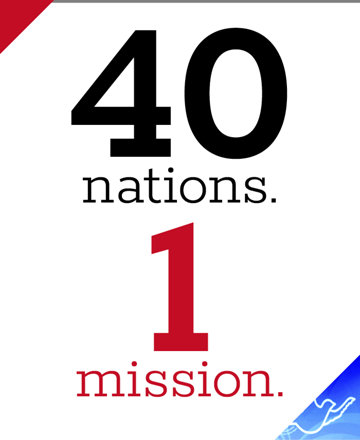
Of the many panels, “Policies into Practice” was a highlight, examining how ordinary people shape public policy. Mike Southon, executive director of the Australian think tank Freedom for Faith, provided a powerful example by stressing the influence of values-based advocacy: “Elected officials are most influenced by numbers. If large numbers of people care about something, then [officials] will start thinking that they need to listen to that,” he said, adding that, despite theological divides, “when it comes to the value of humans and their fundamental rights, most of us land in very similar places.”
Southon recalled a moment he shared with a Muslim cleric: “You will never convince me Jesus is God, and I will never convince you that he’s not. So let’s work together,” the cleric had told him. For Southon, it captured the spirit of the Summit: When ultimate beliefs diverge, shared dignity and resolve can still unite us all.
The broader message was clear: Human rights aren’t the domain of diplomats or doctrines. They belong to those who choose to live them, teach them and defend them—practiced from the ground up.
That message was nowhere more vividly embodied than in the voices and actions of the youth delegates who took the stage. From Bangladesh to Brazil, Nigeria to Honduras, youth stood not as idealists but as implementers, translating human rights from parchment to pavement. Their voices—drawn from villages, urban centers and conflict zones—shared one urgent refrain: Human rights education isn’t just “preparation” for peace, but its very engine. Whether founding school clubs, feeding the forgotten or confronting systemic injustice with grassroots action, these young leaders offered not only witness to inequality but blueprints for change. In their hands, the Universal Declaration was less a relic than a toolkit.
And if the gathering at the UN proved anything, it’s that the next chapter is already being written—by the young, the fearless and those who believe justice begins not with declarations but with action. These emerging leaders prove the future isn’t something we inherit—it’s something we create—deliberately, defiantly and together, in the name of peace.








